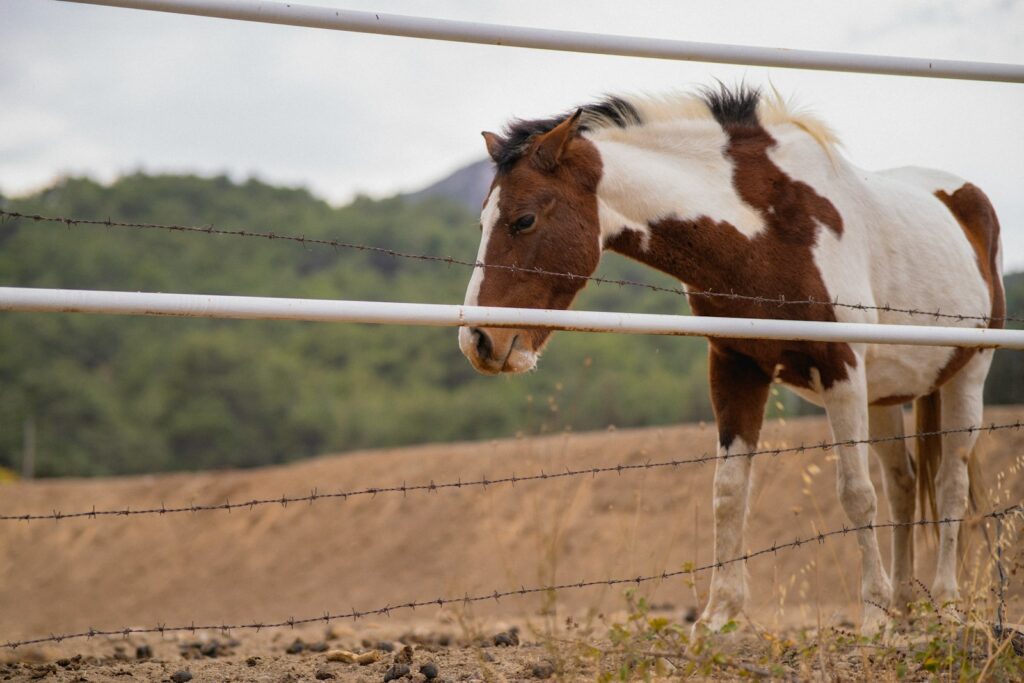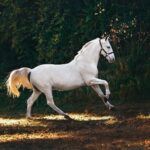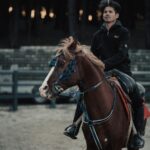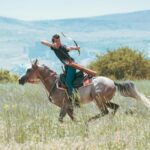Horses are deeply social animals that form strong bonds with both their equine companions and human caretakers. When these connections are disrupted, many horses experience separation anxiety – a distressing condition that manifests through various behavioral and physical symptoms. This anxiety isn’t simply a nuisance; it reflects the horse’s natural herd instincts and can significantly impact their overall well-being. Understanding and addressing separation anxiety requires patience, consistent training, and compassion. Whether you’re a seasoned equestrian or new to horse ownership, helping your horse overcome these fears strengthens your bond while improving their quality of life. This comprehensive guide explores effective strategies to recognize, manage, and ultimately help your horse build confidence when faced with separation from their preferred companions.
Understanding Equine Separation Anxiety
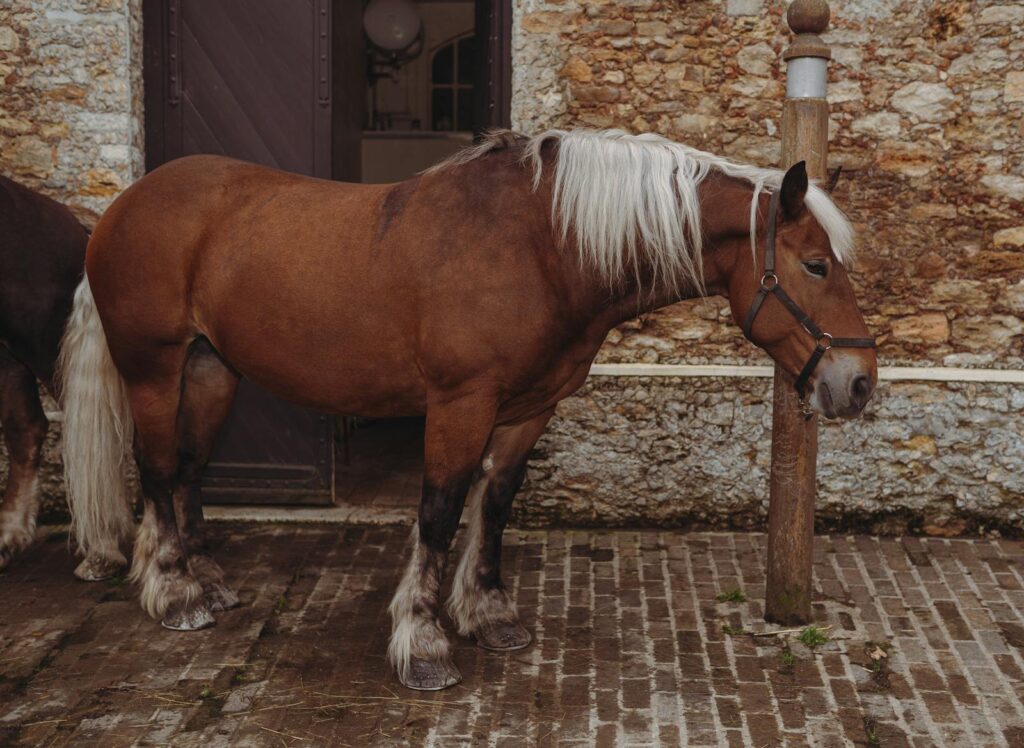
Separation anxiety in horses stems from their evolution as prey animals who rely on the herd for safety and survival. In the wild, isolation from the group typically means increased vulnerability to predators, triggering intense stress responses that have remained hardwired in domesticated horses. This natural herd dependency means that when separated from companions – whether equine friends or trusted humans – many horses experience genuine psychological distress. The severity can range from mild unease manifested through calling out or pacing, to dangerous behaviors like attempting to jump fences or self-injury. Understanding that these reactions aren’t deliberate misbehavior but rather instinctual responses helps owners approach the problem with appropriate empathy and training methods. Recognizing separation anxiety as a legitimate concern rather than dismissing it as “bad behavior” is the first step toward helping your horse develop healthier coping mechanisms.
Recognizing the Signs of Separation Anxiety
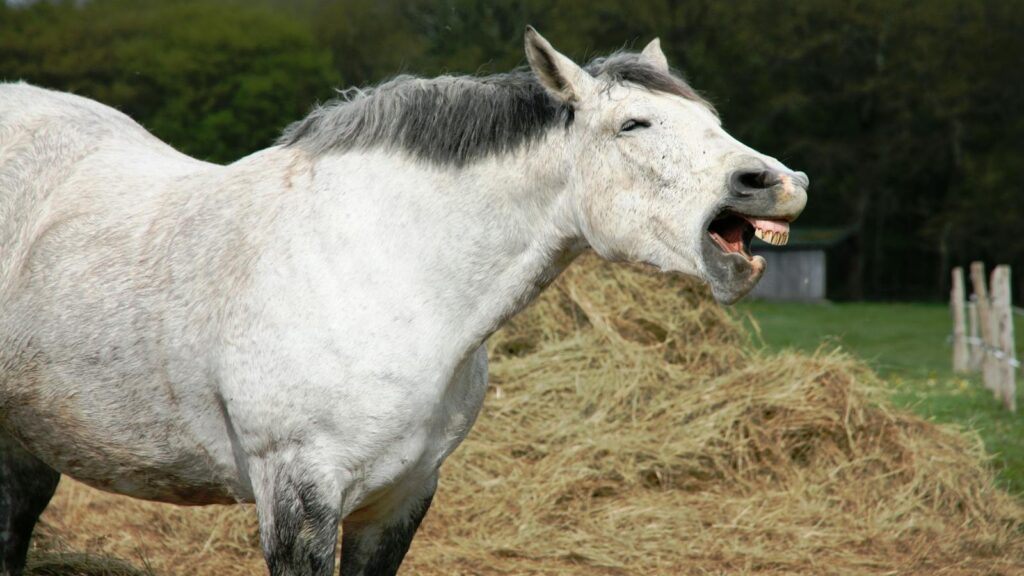
Identifying separation anxiety early allows for more effective intervention before behaviors become deeply ingrained habits. Common physical signs include excessive sweating, elevated heart rate, trembling, and digestive issues such as colic or diarrhea triggered by stress. Behaviorally, affected horses often vocalize persistently with neighing or whinnying, pace or weave at barriers, refuse food, and may appear hypervigilant or unable to focus on handlers. More severe manifestations include attempting to break through barriers, rearing, bolting when handled, or developing stereotypical behaviors like cribbing or stall walking when left alone. Some horses display their anxiety primarily when separated from equine companions, while others become distressed when particular humans leave. Carefully observing your horse in various separation scenarios helps identify specific triggers and patterns, providing crucial information for developing an effective treatment approach tailored to your horse’s particular needs.
Creating a Stable Environment
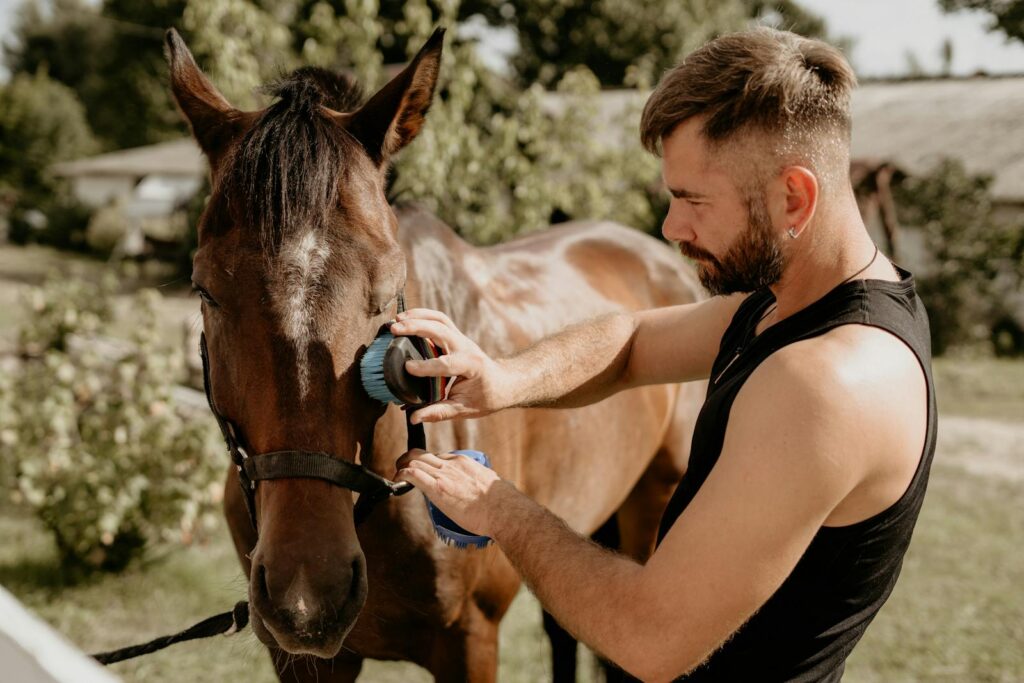
A consistent, predictable environment forms the foundation for helping horses overcome separation anxiety. Establish regular daily routines for feeding, turnout, exercise, and handling so your horse knows what to expect throughout each day. Whenever possible, maintain stable herd arrangements rather than frequently shuffling pasture groupings, as constant social reorganization creates unnecessary stress. Design housing arrangements that allow for visual contact with other horses even when physical interaction isn’t possible, such as stalls with windows or partial walls between compatible neighbors. Environmental enrichment including multiple hay feeding stations, stable toys, or even background music can provide valuable distraction during necessary separation periods. For particularly anxious individuals, using calming scents like lavender in the environment or installing mirrors in stalls can create a sense of companionship when alone. Remember that environmental modifications work best when combined with behavioral training rather than relied upon as standalone solutions.
Gradual Desensitization Training
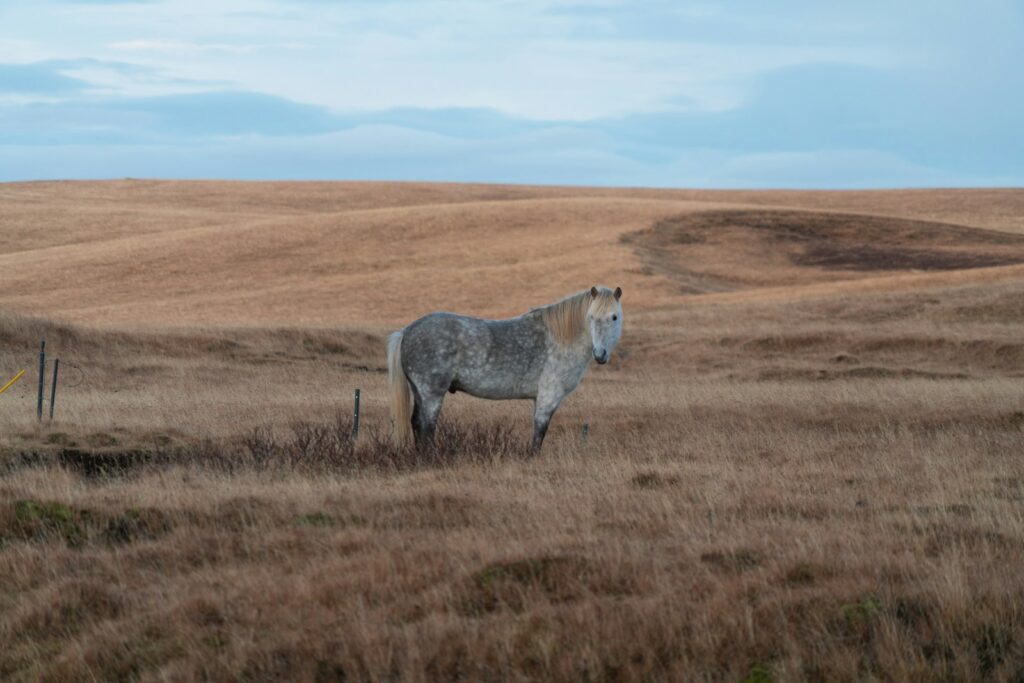
Systematic desensitization forms the cornerstone of treating separation anxiety, helping horses build tolerance for being alone through incremental exposure. Begin with extremely brief separations measured in seconds rather than minutes, always returning to the horse while they remain calm rather than waiting until they show distress. Gradually extend separation durations as the horse demonstrates comfort at each level, sometimes progressing by just 30 seconds at a time with severely anxious horses. Practice separations in familiar environments before attempting more challenging locations, and initially work with the horse still able to see their companions before progressing to visual separation. Use a stopwatch to accurately track separation durations and maintain detailed records of the horse’s behavior during each session. This methodical approach requires significant patience and commitment, often taking weeks or months rather than days, but builds lasting confidence by helping the horse develop positive experiences with brief separations rather than reinforcing that separation always leads to distress.
Buddy System Solutions
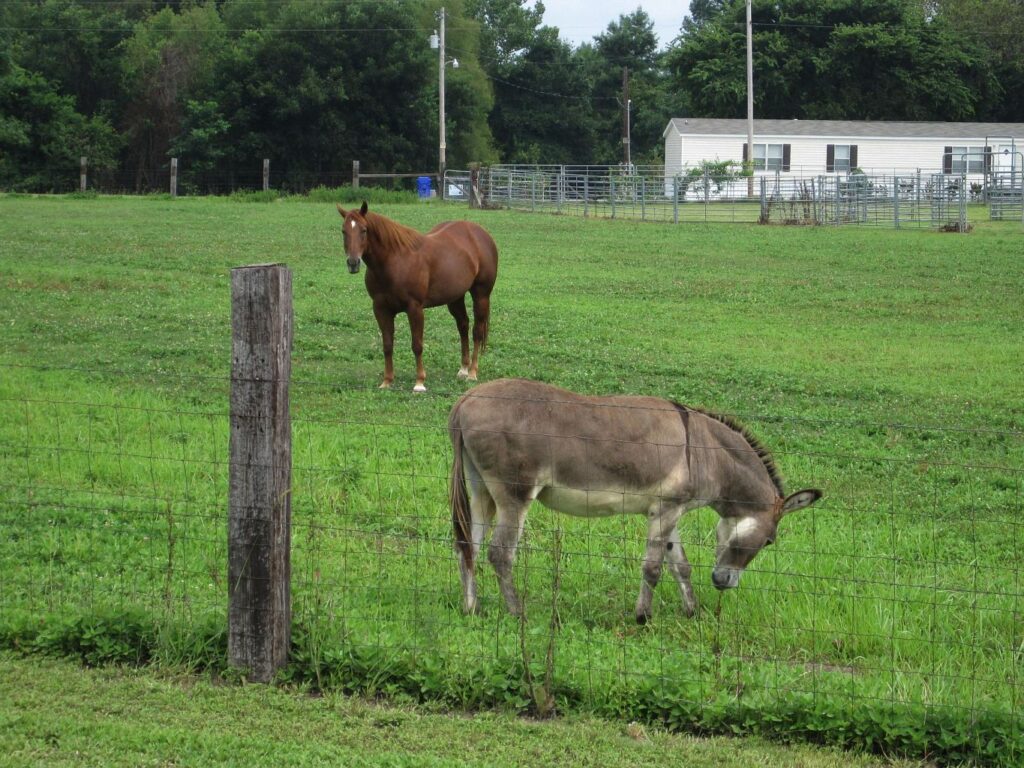
Strategically using companion animals can provide valuable support during the treatment process for horses with separation anxiety. While the ultimate goal may be independent confidence, companion animals often serve as effective transitional support. Goats, donkeys, sheep, or even calm older horses frequently make excellent buddies who provide social comfort without reinforcing overly dependent relationships. When selecting an animal companion, prioritize steady temperaments and appropriate size matches to ensure safety for both animals. For competition or trail horses who must sometimes travel alone, a dedicated portable companion animal that accompanies them to events can significantly reduce stress during these outings. However, avoid creating new dependency relationships that merely shift the attachment rather than building true independence. The ideal companion serves as emotional support during the transition period while the horse gradually develops self-confidence through training.
Nutritional Support for Anxious Horses
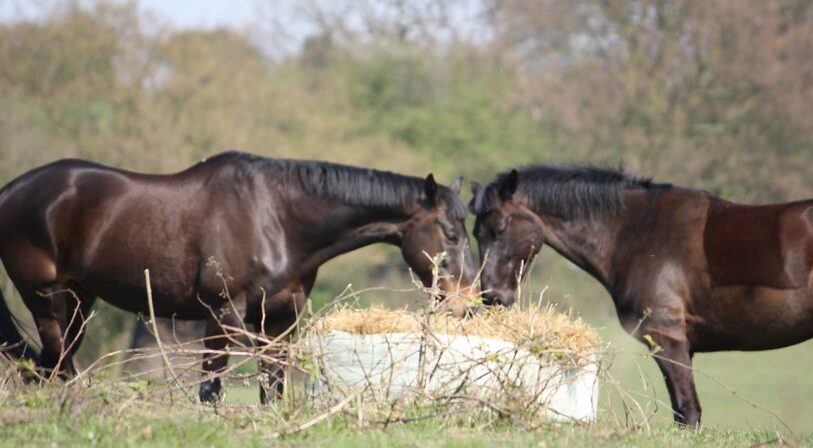
Strategic nutritional management can significantly impact a horse’s ability to handle separation stress. Begin by evaluating the current diet for excess sugar or starch content, as high-energy feeds can exacerbate anxiety and create physical tension that intensifies emotional reactions. Consider replacing traditional sweet feeds with lower-glycemic alternatives like beet pulp, rice bran, or specialized low-starch commercial feeds. For many anxious horses, magnesium supplementation proves beneficial, as this mineral plays a crucial role in nerve function and muscle relaxation, with deficiencies potentially contributing to heightened stress responses. Certain herbs and supplements containing ingredients like valerian, chamomile, or tryptophan may help moderate anxiety levels when used as part of a comprehensive management approach. Always consult with an equine nutritionist or veterinarian before making significant dietary changes or adding supplements, as individual horses respond differently based on their unique physiology, workload, and existing health conditions.
Professional Training Assistance
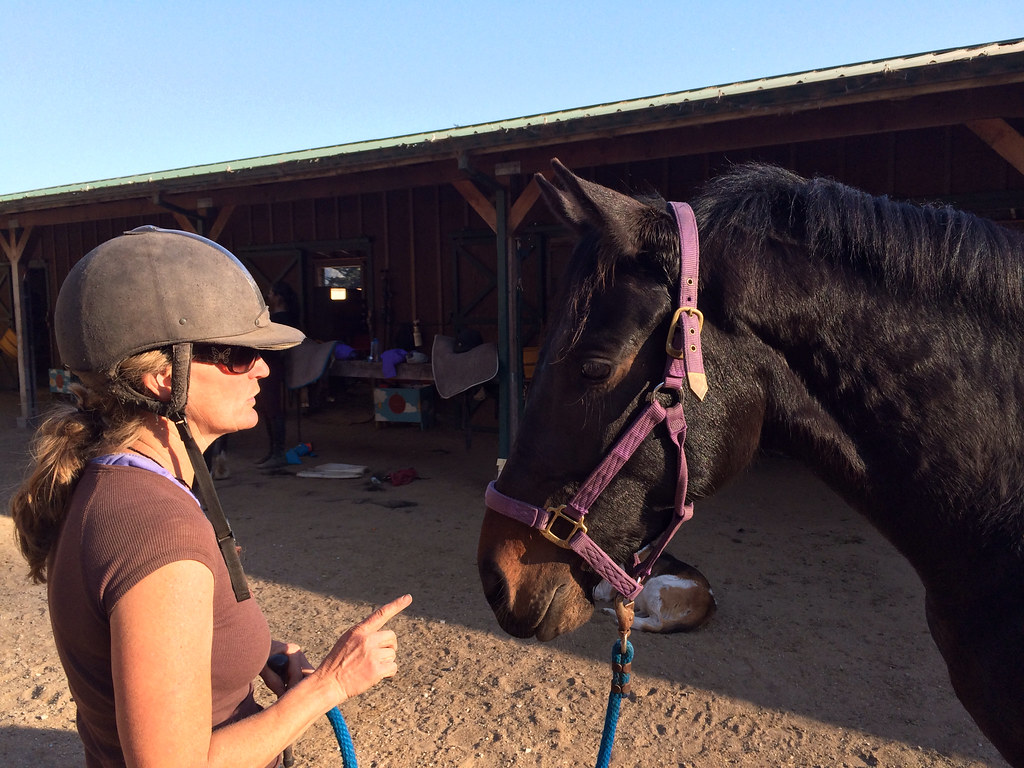
Enlisting experienced professional help often accelerates progress when addressing severe or longstanding separation anxiety issues. Qualified equine behaviorists bring specialized knowledge of learning theory and behavior modification techniques specifically tailored to horses’ unique psychology. Professional trainers can objectively evaluate your horse’s specific anxiety triggers and design customized training protocols that address the root causes rather than just suppressing symptoms. They also provide valuable coaching for owners, helping identify unintentional behaviors that might reinforce anxiety, such as offering treats when the horse displays stress or rushing back when they vocalize. When selecting a professional, look for someone who emphasizes positive reinforcement methods rather than punishment-based approaches, which can increase anxiety and damage trust. Even a few targeted sessions with an experienced professional can provide valuable insights and techniques that dramatically improve your ability to help your horse overcome separation fears.
Medical Considerations and Veterinary Support
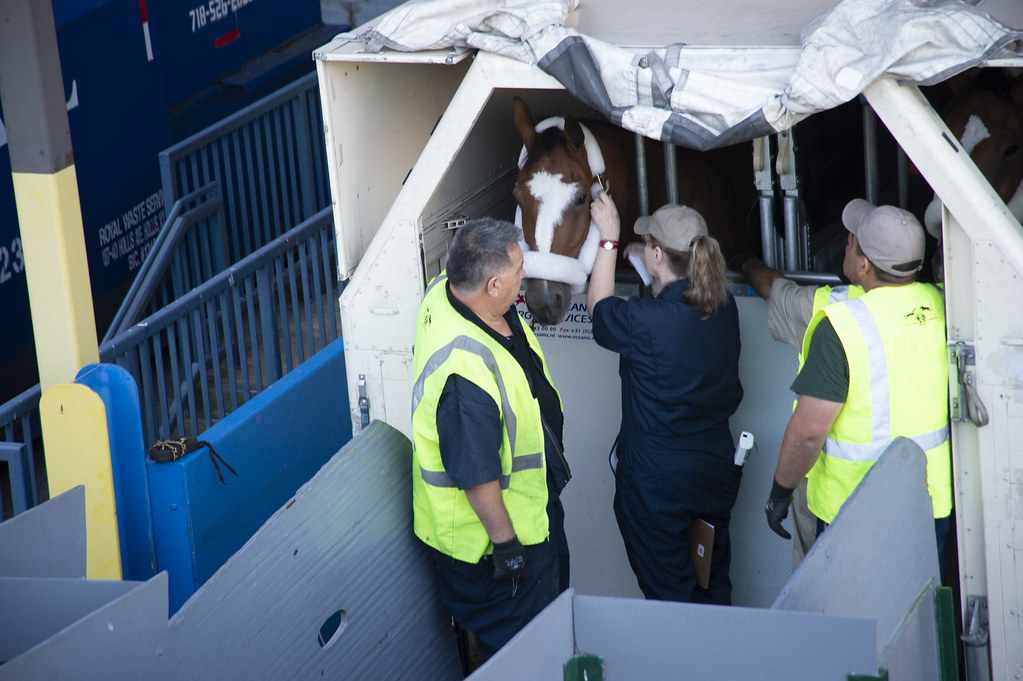
Scheduling a thorough veterinary examination represents an essential step when addressing separation anxiety, as physical discomfort or illness can significantly lower a horse’s threshold for handling stress. Painful conditions like gastric ulcers, which affect an estimated 60% of performance horses, often develop or worsen during periods of anxiety and create a harmful cycle where physical pain intensifies emotional distress. Your veterinarian may recommend diagnostic tests including bloodwork, gastroscopy, or dental examination to identify underlying issues that could be contributing factors. In severe cases where anxiety poses immediate safety risks or interferes with essential care, veterinarians might prescribe short-term anti-anxiety medications to help establish a baseline of calm that makes behavioral training more effective. However, medication alone rarely resolves separation anxiety permanently without concurrent behavioral modification and environmental management strategies, functioning instead as a supportive tool during the rehabilitation process.
Building Independent Confidence
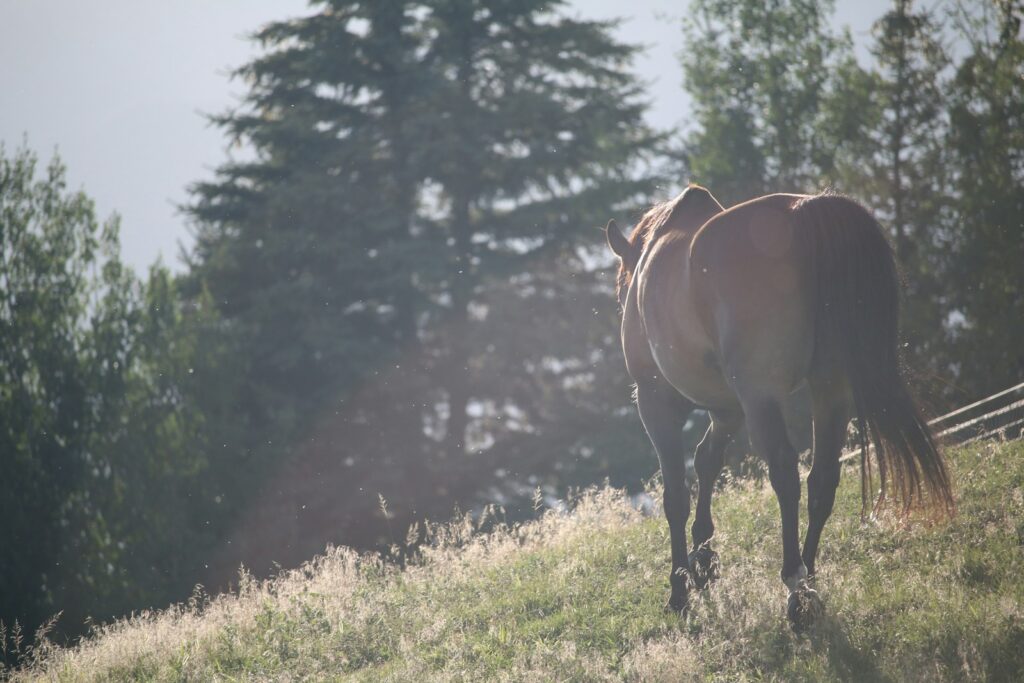
Developing a horse’s general confidence and self-reliance through varied experiences significantly improves their ability to handle separation. Incorporate diverse training activities that challenge the horse mentally, such as obstacle courses, trail riding in new locations, or liberty work that encourages independent thinking. Practice having the horse stand quietly ground-tied for gradually increasing durations, rewarding calm behavior with praise or treats. Teach specific self-soothing behaviors like lowering the head on command, which physiologically triggers relaxation through vagal nerve stimulation. Introduce the horse to many different handlers and environments while maintaining consistent expectations, helping them learn that safety doesn’t depend exclusively on one person or location. Focus training sessions on developing the horse’s ability to think through problems independently rather than constantly seeking guidance, praising exploratory behaviors and calm assessment of new situations. This broader confidence-building approach complements specific separation training by developing the horse’s general emotional resilience.
Trailering and Travel Strategies
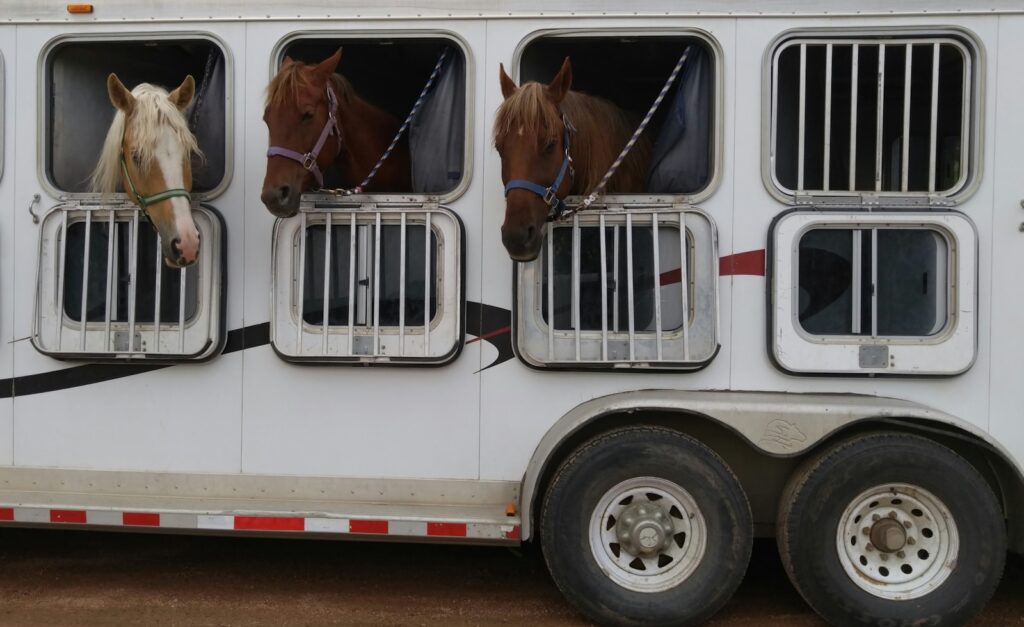
Transportation often triggers intense separation anxiety, requiring specialized strategies to help horses travel confidently. Begin with extremely short trailer sessions where the horse loads, stands briefly with the trailer parked, then unloads while remaining calm – initially keeping companions visible nearby. Gradually increase trailer time and eventually progress to short drives around the property before attempting longer journeys. Consider using specialized trailer designs with windows or partitions that allow traveling companions to see each other when hauling multiple horses. For horses that must travel alone, familiar scents from home like their regular bedding or a favorite blanket can provide comfort during transit. Playing specific music or audio that the horse associates with relaxation at home can create similar calming associations during travel. Some horses benefit from wearing compression garments like anxiety wraps during transportation, as the gentle pressure provides a physiological calming effect similar to swaddling.
Managing Competition and Show Environments
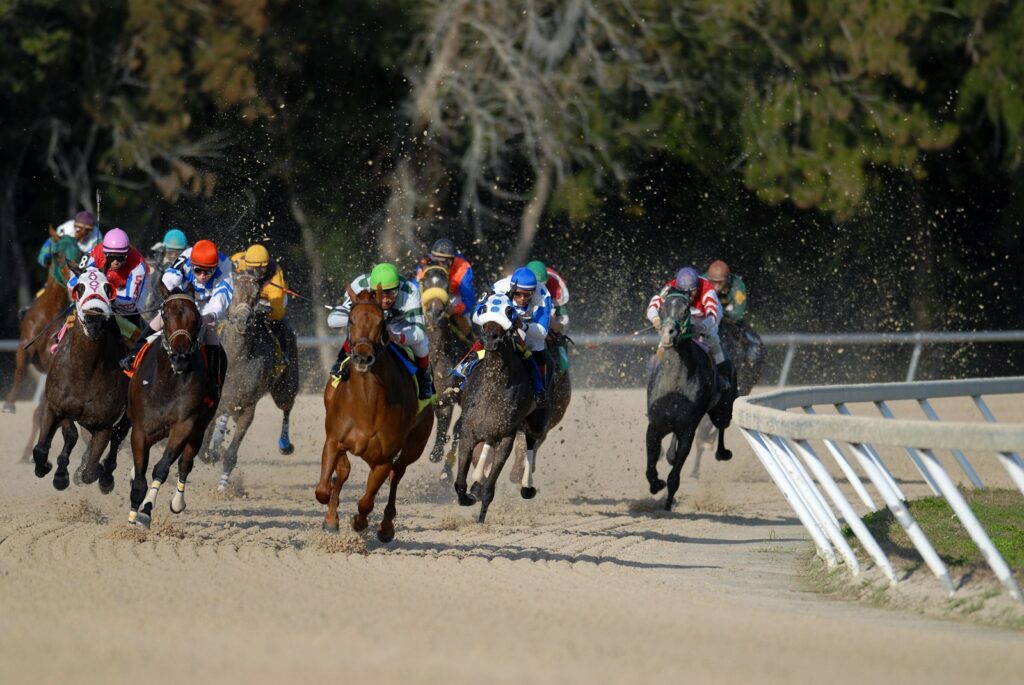
Competition venues present particular challenges for horses with separation anxiety due to their stimulating and unfamiliar environments. Arrive at show grounds well before scheduled competition times, allowing ample opportunity for your horse to acclimate to the surroundings while still near their trailer or stabling companions. Request stabling assignments adjacent to horses from your home barn whenever possible, or bring a compatible companion animal specifically for emotional support during overnight events. Establish familiar routines at competitions that mirror home schedules for feeding, grooming, and exercise, providing predictability in the new environment. Bring recognizable items from home like a favorite bucket or blanket to create environmental consistency amid the unfamiliar surroundings. Plan strategic exercise sessions before classes or performances to help release physical tension without exhausting the horse, finding the optimal balance that leaves them mentally focused rather than either overly excited or lethargic.
Avoiding Common Mistakes
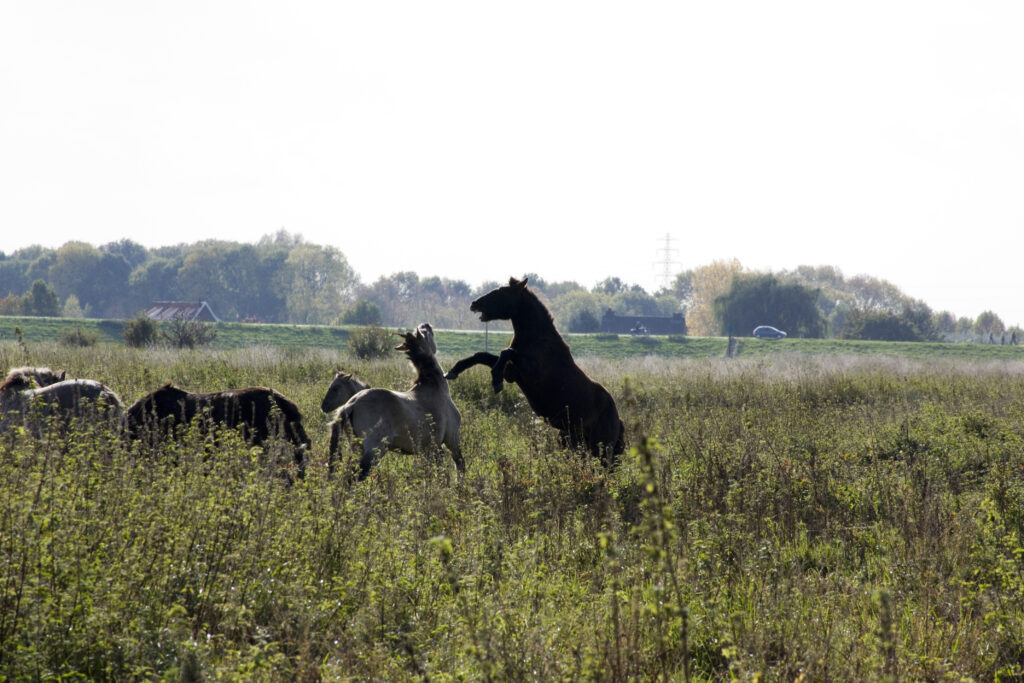
Understanding what not to do proves equally important as implementing positive strategies when addressing separation anxiety. Avoid inadvertently rewarding anxious behaviors by offering treats, extra attention, or reuniting with companions when the horse displays stress, as this reinforces the association between anxiety displays and desired outcomes. Resist the temptation to rush through training steps when initial progress occurs, as premature advancement often triggers setbacks that damage confidence and extend the overall rehabilitation timeline. Never punish anxiety-driven behaviors like calling out or pacing, as punishment increases stress and fails to address the underlying emotional state driving these behaviors. Avoid the common mistake of attributing human emotions like “stubbornness” or “manipulation” to the horse’s behavior, which leads to inappropriate training approaches rather than addressing the legitimate fear response. Recognize that quick fixes like simply keeping horses constantly together only mask symptoms rather than building the independent confidence necessary for long-term emotional health and practical management.
Celebrating Progress and Maintaining Gains

Acknowledging and celebrating incremental improvements sustains motivation throughout what often becomes a lengthy rehabilitation process. Keep detailed records of behavioral responses during separation scenarios, noting subtle improvements in physical tension, vocalization frequency, or recovery time that might otherwise go unnoticed day-to-day. Practice separation exercises consistently even after significant progress occurs, establishing brief separations as normal parts of routine rather than unusual events that trigger concern. Gradually space training sessions further apart as the horse demonstrates reliable confidence, but periodically revisit separation exercises to maintain the established comfort level. Share your horse’s progress with supportive barn mates or trainers who understand the significance of seemingly small victories, like standing calmly for five minutes when previously unable to manage thirty seconds alone. Remember that progress rarely follows a linear path, with occasional setbacks being normal parts of the learning process rather than signs of failure or permanent regression.
Helping a horse overcome separation anxiety requires commitment, patience, and a multifaceted approach that addresses both the immediate behaviors and their underlying causes. By combining environmental management, systematic training, appropriate support systems, and consistent reinforcement of calm behavior, most horses can develop significantly improved emotional resilience. The benefits extend far beyond convenience, as horses who learn to manage separation become safer to handle, more focused during training, and experience less chronic stress that can impact their physical health. While the process demands considerable time investment, the resulting trust and confidence that develops between horse and handler creates a deeper partnership built on genuine understanding rather than mere compliance. With thoughtful implementation of these strategies, even horses with severe separation anxiety can discover newfound confidence and contentment both with and without their preferred companions.

